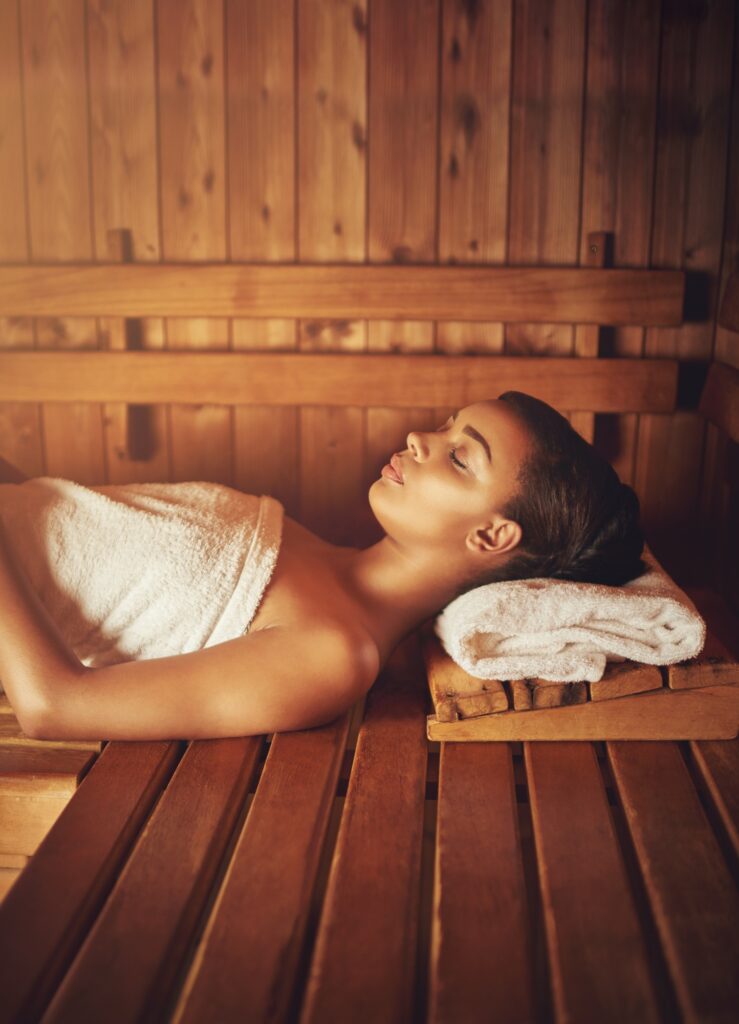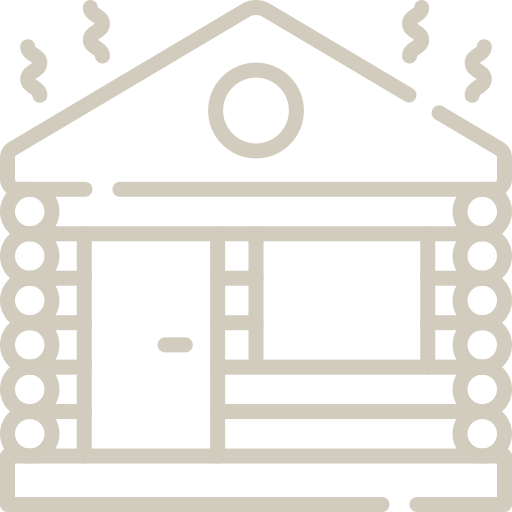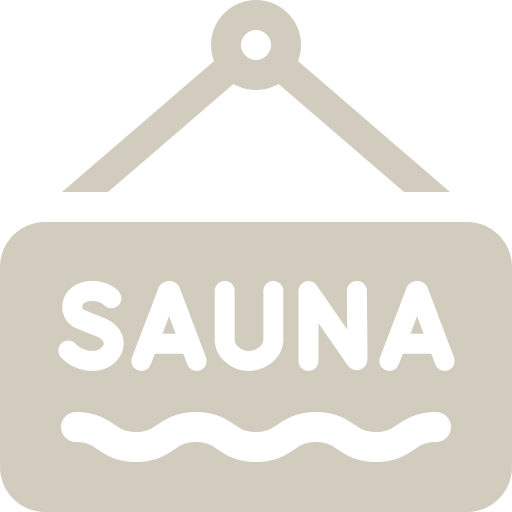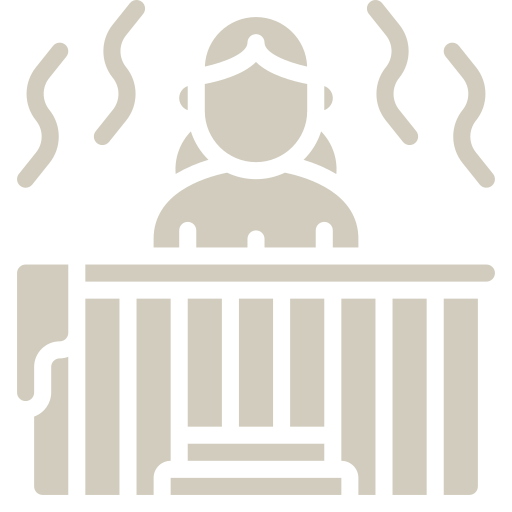St. Louis Sauna Co.
Sauna 101.
Everything you need to know about a true Finnish sauna experience.
The Ideal Sauna Experience:

1. We Are Heated By A Hot Air Bath Of Gentle Convective Heat That Evenly Caresses Our Entire Body; head to toes, front to back and minute to minute. Every inch of our body is enveloped evenly by this hot air. Ideally our feet are no more than about 20% colder than our head.
2. We Feel No Noticeable Direct (Radiant) Heat from the heater or the wall in front of us. Nor any heat that is point-source, harsh, or uneven.
3. We Have Continuous Fresh Air To Breath without high levels of CO2, VOC’s, Pathogens, Carcinogens or odors.
4. We Are Not Exposed To Unhealthy Levels of Bacteria, Fungi, Mold or Other Harmful Elements.
5. We Are Enveloped In Good Steam. A burst of steam in a Finnish sauna by throwing water on the stones. This steam somewhat follows the convective loop, descends down on us from the ceiling and envelopes our entire body evenly head to toes.
6. There Is A Bit Of Comforting Air Movement over our body from a convective loop of hot air rising from the heater and descending down on us from the ceiling. Maybe almost unnoticeable and just enough for evaporative cooling of our skin.
7. We Feel No Cool Drafts, even when someone opens the door.
8. We Can Cool Down And Rest. We have good options for cooling down between rounds in the hot room such as a cool shower, cold plunge or pool, or sitting outside in cooler air.
9. We Have A Space to Shower And Pre-Warm our body before entering the hot sauna room.
10. We Are In A Calm Quiet Relaxing Environment without distractions or annoyances.
The Saint Louis Sauna Co. Difference

1. Optimal Ceiling
and Bench Height
- The Finnish often cite the most critical element of sauna design as “Feet Above the Stones”, allowing for our entire bodies to be most evenly heated from head to toe.
- With most heaters, this translates to an interior ceiling height of around 8’4”. As no space is the same, custom builds allow us utilize every inch of valuable height in working towards 8’4”, and when this is not possible, we utilize solutions like the Saunum Air Circulator
- A key component of foot bench height design is ensuring it will be heated above 132f, the temperature needed to kill mold and bacteria
- Within each unique set of building constraints, we optimize the ceiling and bench height to ensure the most comfortable, evenly heated full-body sauna experience

2. Mechanical
Downdraft
Ventilation
- The air in the sauna room needs to change 6 times per hour; traditionally, passive ventilation in a wood-fired saunas has worked quite well; with more efficient electric heaters, not enough fresh air is pulled into the sauna, often resulting in stale air that can get trapped at the ceiling
- By utilizing Mechanical Downdraft Ventilation, fresh air is pulled into the sauna above the heater to allow air mixing, and then pulled across the ceiling, down past the bather and is exhausted below the footbench
- The results in fresh oxygen constantly coming into the sauna, and also results in lower temperature stratification as the warmer air is pulled downward past the bather underneath the footbench

3. Air-Sealed &
Insulated Walls
- Our Saunas reach temperatures around 200f; this is due to them being well insulated, as well as air-sealed with a foil air & vapor barrier
- By utilizing furring strips for an air gap between our vapor barrier and wall cladding, we reduce thermal bridging, allow for the wall cladding to dry out of any moisture, and allow the foil vapor barrier to radiate heat back into the sauna
- Pouring water on the rocks to create steam is an essential component of our saunas; having the Sauna sealed ensures that no moisture gets into the walls or surrounding area; the heat and steam exhausts only where we want it to

4. Size &
Interior Design
- One of the most crucial aspects of the sauna is its source of energy, or heater; heater placement is important as we do not want to feel any radiant heat in the sauna, but a convective, even heat loop, and we need an absolute minimum of a 6ft wall within the sauna to achieve this
- A sauna should have an absolute minimum of 105 cubic feet of interior volume per person plus an additional 35 cubic feet. This is for healthy air to breath.

5. Unmatched
Craftsmanship
- We come from a background in high-end remodels, where we obsessed over the smallest of details
- We stand behind our saunas because we know how they are built, and they are built to last;
Common Kit Mistakes
“Feet above the stones”
is The First Law Of Löyly. And for good reason. Sauna is about very even heat and steam; head to toes, front to back and minute to minute. Hot air rises, the convective loop that creates the löyly cavity is above the top of the stones which results in less stratification and makes this critical to a sauna experience (and to good hygiene). Finns do not want a sauna with a foot bench that’s too low – below the top of the stones or down in the cold zone (bottom third of the space) unless space constraints allow no alternative. If your feet aren’t above the stones or at least 34” above the floor then you are, for the most part, not in a sauna.
Proper ventilation
Size and Interior Volume
FAQs
Sauna is one of the best investments you can make into your personal wellness. There has been extensive research (primarily done in Finland) as to the health benefits of sauna. Some studies claim saunas can help improve sleep, skincare, prevent cardiac disease and even increase overall life longevity. While we do not make any certain claims, the healing power of sauna is undeniable.
Saunas are meant to produce “löyly” the Finnish word for steam. This concept is very important, as it is the core element of the sauna experience. Löyly is the surrounding heat head to toe, the ghostlike burst of humidity, and our spiritual connection to the sauna. The ritual of hot to cool and back, pouring water over the rocks, saunas help you find your balance and stasis.
Sauna is quite different from steam bathing. Simply, steam baths get you wetter, saunas get you hotter. The typical steam bath may only heat to 100-130 degrees while the types of saunas we build are reaching upwards of 200-230 degrees. Steam baths focus on a humid environment, which is not as conducive to sweating and detoxing as is the dry sauna.
We approach every new sauna project with the utmost care and consideration for your needs. Our focus is always on safety and quality craftsmanship that lasts. We don’t want to set up your DIY Sauna kit from Amazon that will turn into a storage closet in 2 years.
We build saunas that turn into sanctuaries of peace and wellness.
The sad reality is a properly designed sauna is hard to come by here in the United States. Most online kits or gym saunas do not consider Finnish design standards for creating the best sauna experience. While they may look pretty on instagram, those saunas often don’t get hot enough and have flaws in ventilation that make for a poor breathing experience.
We craft our saunas to get hot, up to 200 degrees hot, but you’ll still be able to breathe fresh air and remain worry free that your sauna was designed with safety and proper airflow in mind.
Saunas are one of the few investments that do not depreciate in value.
The saunas we build are built to last, and can add resale value to your property. The total up front cost of a new sauna build depends on the size of the sauna and quality and capability level of materials.
To get a quote or learn more, please contact us.
